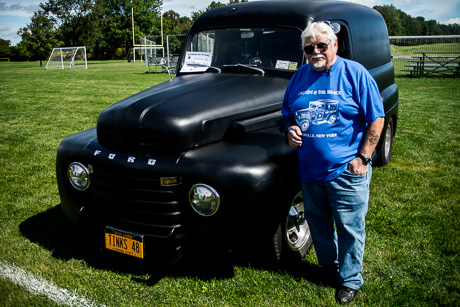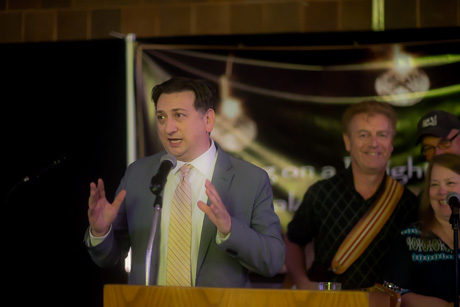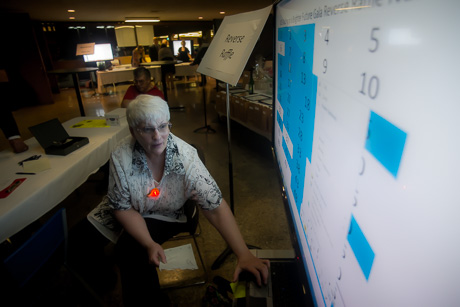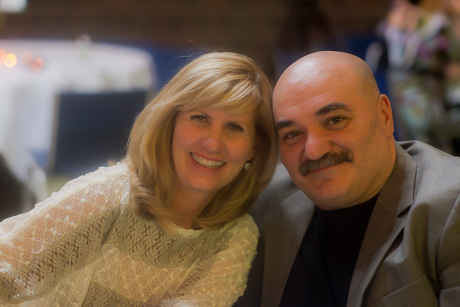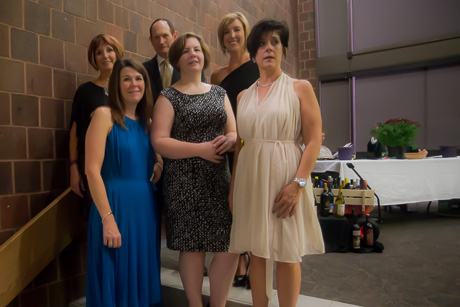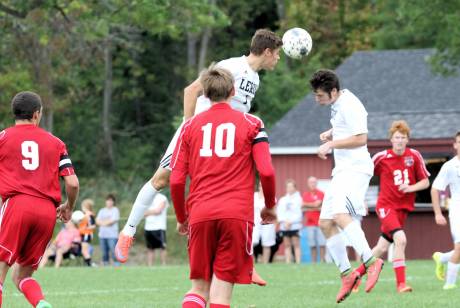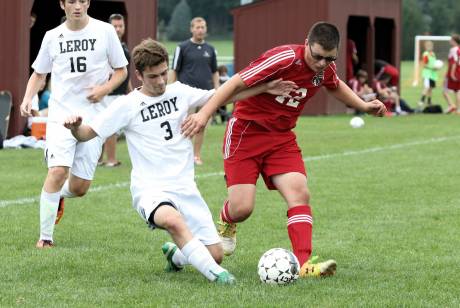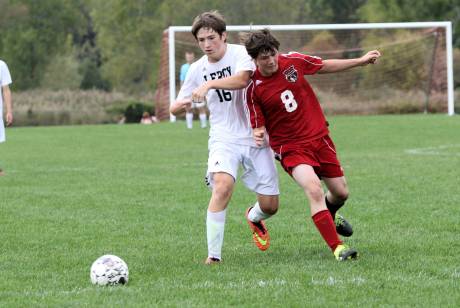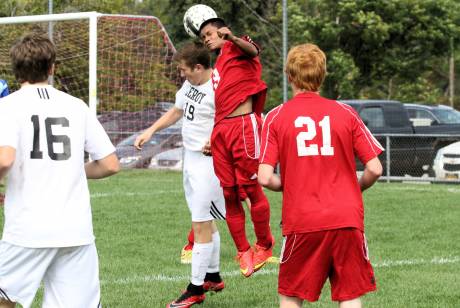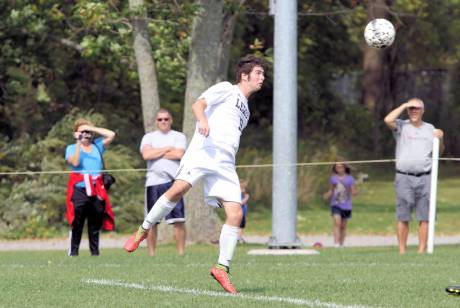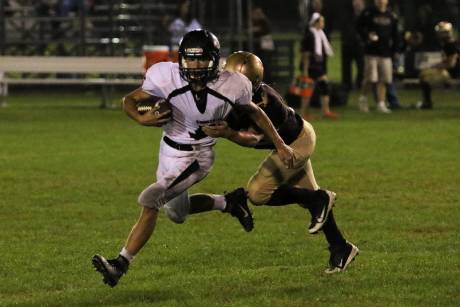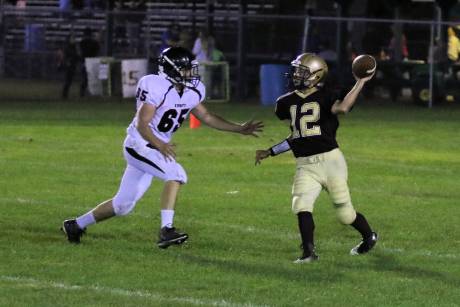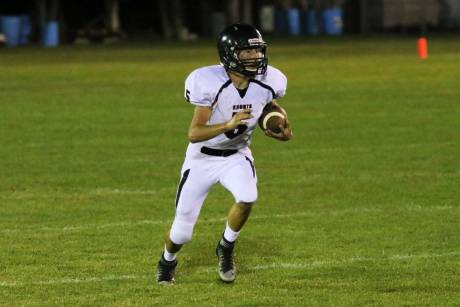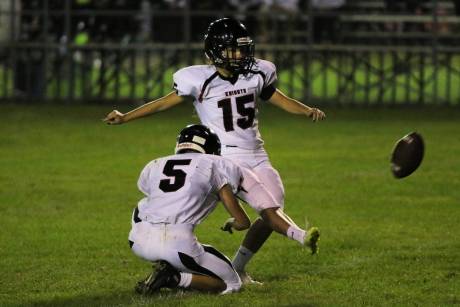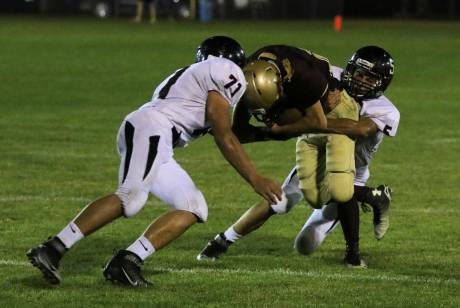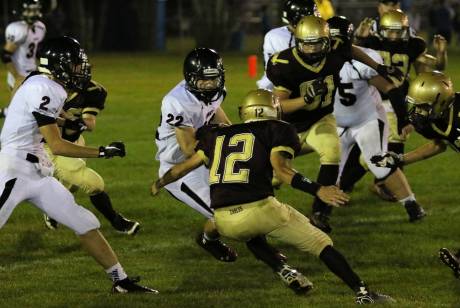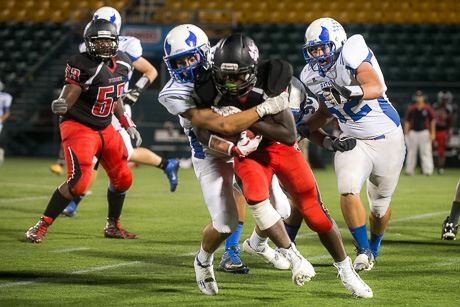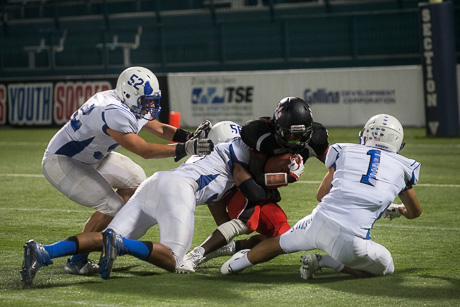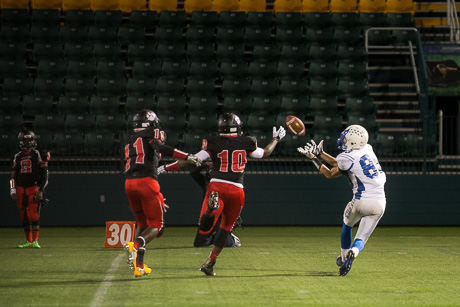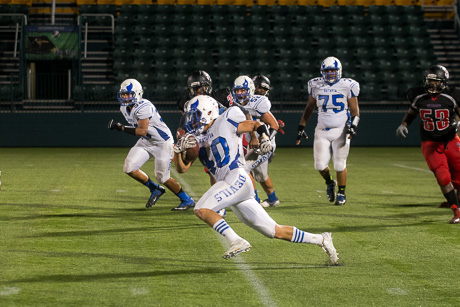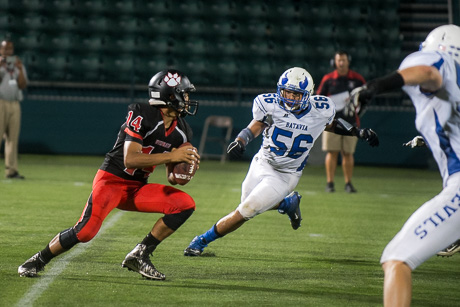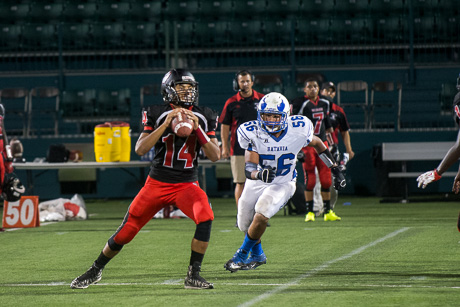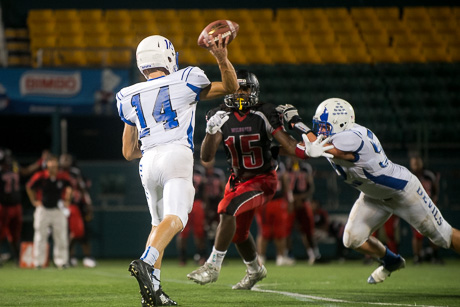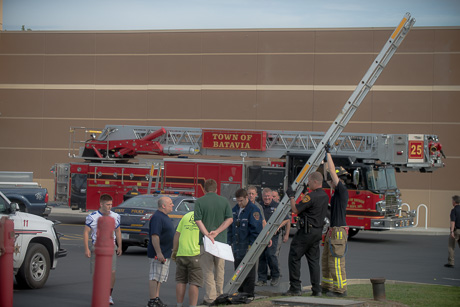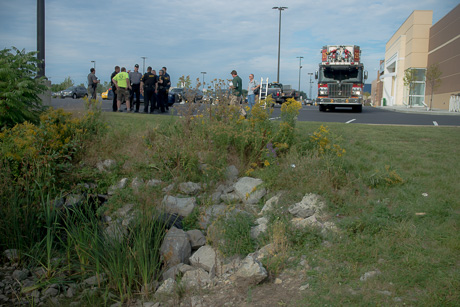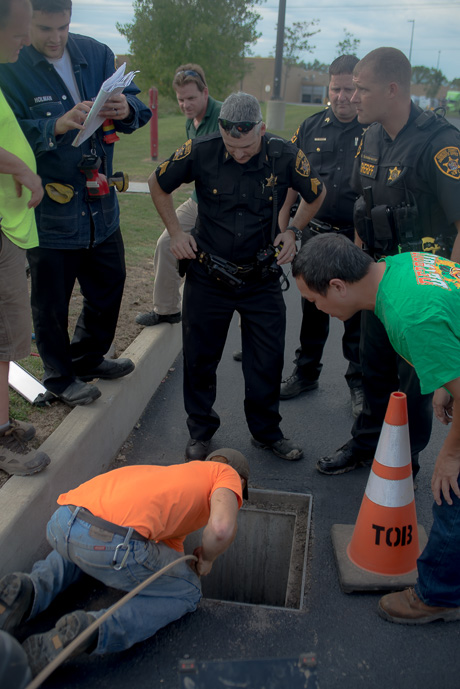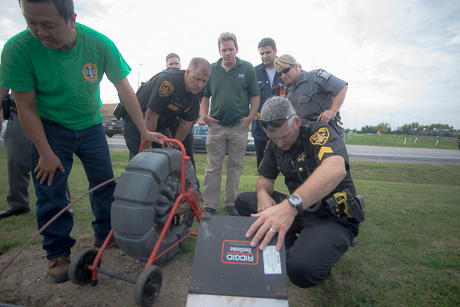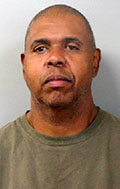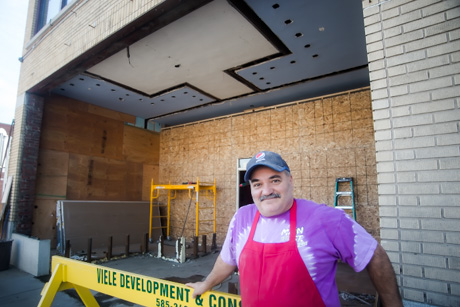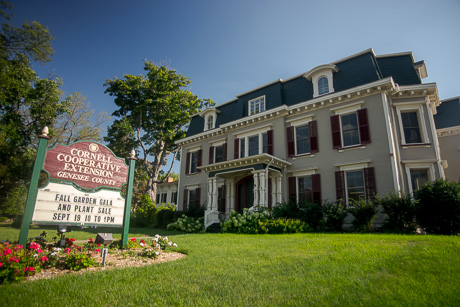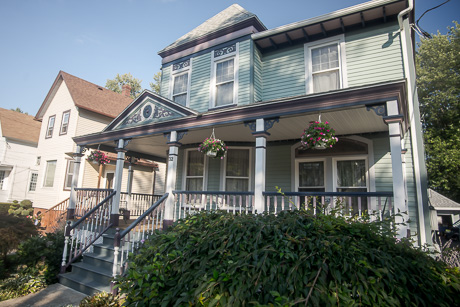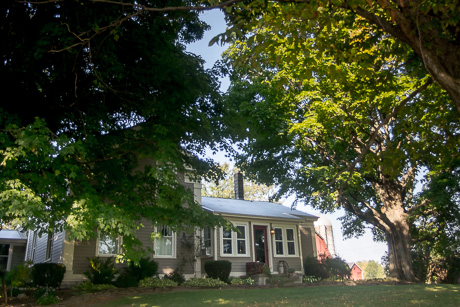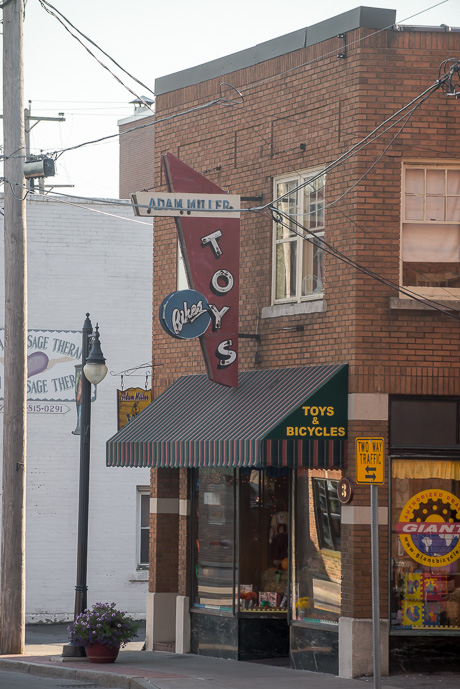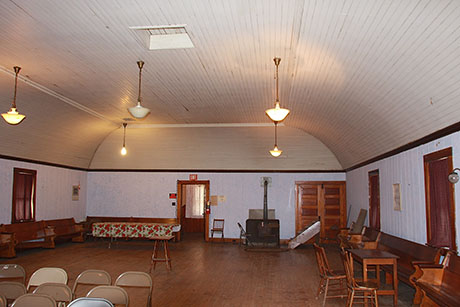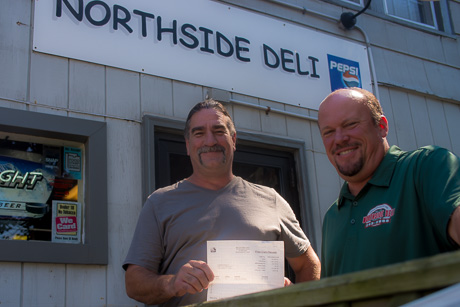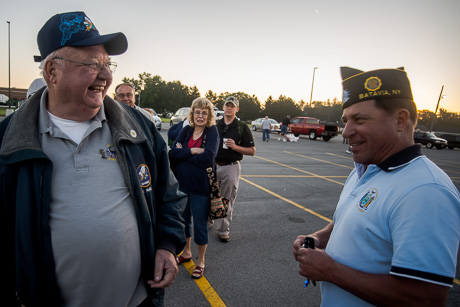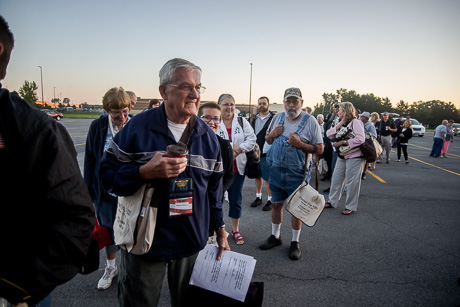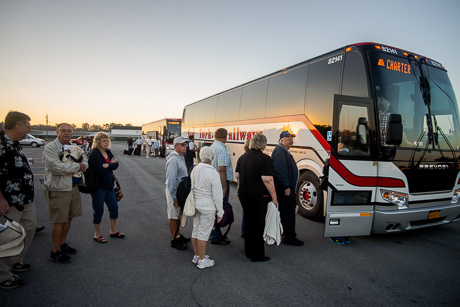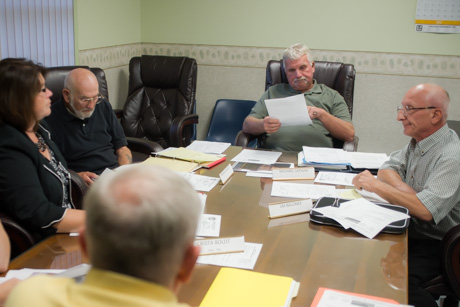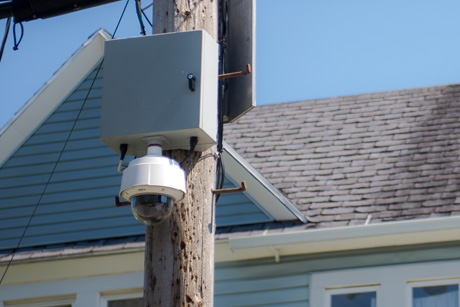The difference between the six-foot limit on a fence in the Town of Stafford and the actual height -- whatever it is -- of the fence James Pontillo built on his property is enough to reduce the sunlight falling on the neighboring building, according to Stafford's Zoning Board of Appeals.
That's based on science, said Chairwoman Crista Boldt.
Sort of.
"If we had a scientist come in and measure the amount of daylight that's given to that property next door it would make a difference, just like people in Wyoming when they measured when they put wind towers in Warsaw and they studied how the flicker effect would affect the house, because of the rotation of the Earth and the sun orbiting the Earth it would affect it," Boldt said, "the amount of light."
The reduction of light -- however much that might scientifically be -- would create an "undesirable change," according to ZBA board members.
For that, and other reasons we'll get to, the ZBA voted unanimously to deny Pontillo an area variance for his fence.
An area variance is a tool in New York code enforcement guidelines that gives local officials the ability to allow property owners to make physical changes to structures and property that might otherwise be prohibited by law.
There are five criteria zoning boards use when deciding whether to grant an area variance.
They are:
Whether an undesirable change will be produced in the character of the neighborhood or a detriment to nearby properties will be created by the granting of the area variance.
In this case, the ZBA found the extra foot, two feet or three feet -- depending on who is doing the measuring and where -- would mean less light would reach the neighboring property.
Whether the benefit sought by the applicant can be achieved by some method, feasible for the applicant to pursue, other than an area variance.
Yes, the board found Pontillo could build a six-foot-high fence. That would block people in cars and most people standing from seeing over the fence. As for Pontillo's stated goal of building a deck on the back of his building, which is part of the historic Four Corners District, well, Pontillo hasn't even applied for a permit for it, so Boldt indicated she wasn't interested in considering it as a criterion on this point.
Whether the requested area variance is substantial.
As a matter of measurement then -- depending, again, on who is doing the measuring and where -- the extra height, as a matter of percentages, is from 15 to 30 feet higher than the six-foot fence Pontillo could build without a variance.
Whether the proposed variance will have an adverse effect or impact on the physical or environmental conditions in the neighborhood or district.
James Balonek piped up on this one and said yes, because of the sunlight and the airflow.
The reason for denial Boldt wrote down on the ZBA's form was because granting a variance could impact future decisions of the board and reduce the ability of the code enforcement officer to enforce the law.
Whether the alleged difficulty was self-created, which consideration shall be relevant to the decision of the board of appeals, but shall not necessarily preclude the granting of the area variance.
Boldt read the objection and immediately said it was because Pontillo built the fence. Then she wanted to know from the code enforcement officers when they issued a stop-work order to Pontillo. That led to a discussion with Pontillo and his attorney about the timeline of events.
According to attorney Peter J. Sorgi, Pontillo sought a variance for a fence, was denied, decided to build a different fence and was told by town officials that a fence of six feet or less didn't require approval or permits, so that's what Pontillo set out to build. When the fence, which is in plain view of Town Hall, was nearly complete, Pontillo received a stop-work order and immediately complied.
That's a set of facts nobody in the room explicitly disputed.
Boldt wrote on the ZBA form that the difficulty was self-created.
When Boldt first started going through the criteria, Balonek raised the first objection and said the requested variance would create an undesirable change because it goes against code.
Sorgi pointed out, "that's why you have variances." By that definition, he said, no variance would ever be granted.
Boldt told Sorgi, "We've been trained that it's extremely hard to get a variance."










